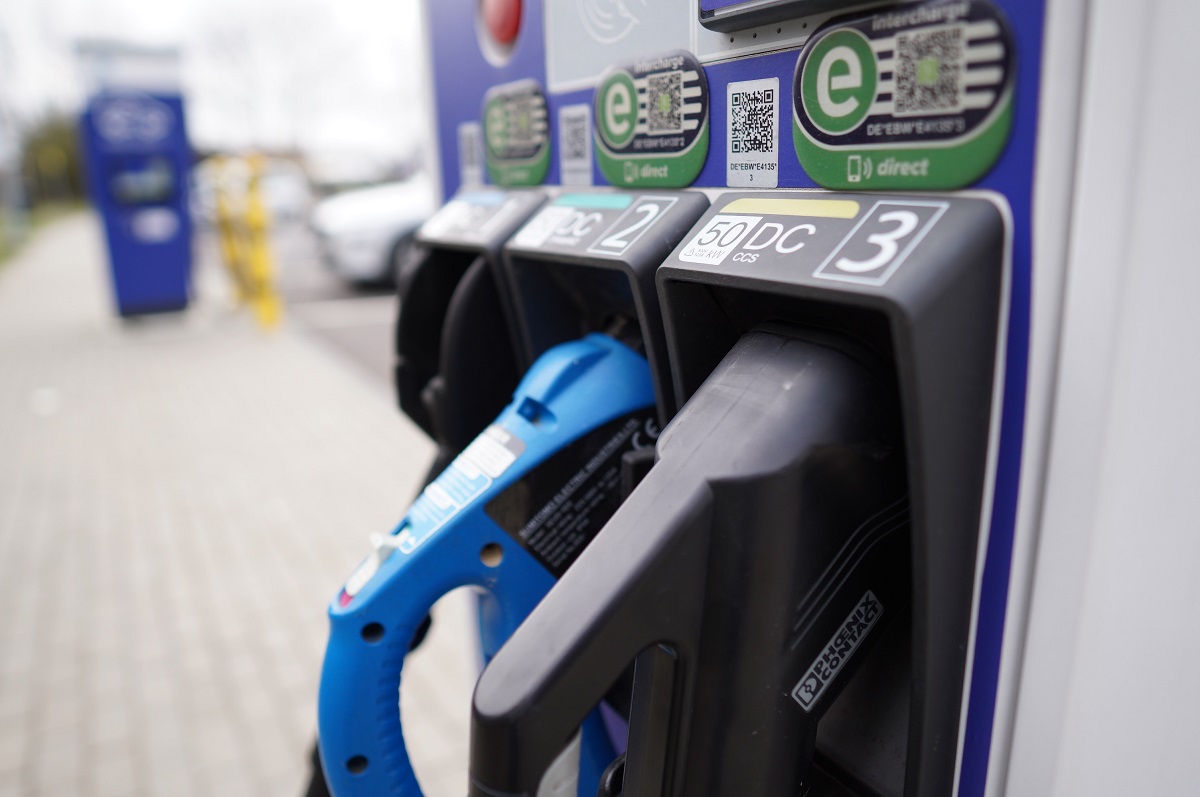
The recent partnership between leading automakers, General Motors and Ford, and Tesla marks a turning point in the electric vehicle industry, particularly in addressing the thorny issue of inadequate and unreliable charging infrastructure.
These tie-ups bring together the expertise of Tesla, known for its robust charging network and innovative technologies, with the rich heritage and resources of Detroit-based automobile heavyweights. The move is expected to assuage the anxiety and frustration of EV owners and remove a significant barrier preventing many gas-powered car owners from making the EV switch, by offering them access to more dependable and efficient charging services.
This development promises to accelerate both the adoption of green mobility and the expansion of public charging networks. Long-term investors seeking sustainable mobility and EV infrastructure play may want to keep these stocks on their radar, as the prospect of one charging hardware standard for the North American market, and likely beyond, could galvanize EV adoption like never before.
King of the hill of electric mobility, Tesla (TSLA) is a renewable energy company that designs and sells electric vehicles, solar panels, solar roofs, and battery storage. Its product pipeline includes more affordable sedans, small SUVs, a light truck, a semi-truck, and a sports car.
Industry experts have hailed Tesla's recent charging station deals with legacy carmakers as a big win for the company. The move not only positions Tesla as an EV market leader but also makes a compelling case for other automakers and governments to embrace Tesla's charging technology.
By bulking up its charging network and forging strategic tie-ups with industry giants, Tesla may have further reinforced its position as an industry leader.
“We view the charging partnerships as positive for U.S. electric vehicle adoption,” says Morningstar strategist Seth Goldstein, stressing that “other automakers will likely follow suit” as the North American Charging Standard (NACS) could “become standard throughout North America.”
As well, the expansion of fast charging stations along highways could help lift the “largest barrier to EV adoption for U.S. consumers—finding a public charger,” he adds.
While consumers can now choose between a Tesla and other EVs without feeling ‘range anxiety’, “Tesla's technological and cost advantages still remain in place,” assures Goldstein, who puts the stock’s fair value at US$215 and forecasts Tesla to deliver 5 million vehicles by 2030, up from 1.3 million in 2022.
Automobile behemoth General Motors (GM) owns eight brands and operates under four segments: GM North America, GM International, Cruise, and GM Financial. The company regained its U.S. market share leader crown in 2022, after losing it to Toyota due to the chip shortage in 2021. GM's Cruise autonomous vehicle arm is providing driverless taxies in San Francisco and Dubai, among other cities.
The charging station partnership with Tesla, which was announced by CEO Marry Barra and Tesla boss Elon Musk during a live chat on Twitter Spaces, underscores GM’s push into the EV market as the Detroit automaker ramps up its EV production.
“GM made a bold proclamation in early 2021 by saying globally it aspires to only sell zero-emission vehicles by 2035,” says a Morningstar equity report.
The company, the report adds, is rapidly making this transition with vehicles such as the Cruise Origin autonomous BEV, GMC Hummer truck and SUV, Chevrolet Bolt EUV, Cadillac Lyriq, the Equinox and Blazer crossovers, and BEV full-size pickups.
General Motors is producing high-quality products that command a premium from consumers. “It no longer has to overproduce trying to cover high labour costs and then dump cars into rental fleets (which hurts residual values),” argues Morningstar sector strategist David Whiston, who recently lifted the stock’s fair value to US$78 from US$75.
GM is in the process of launching 30 BEVs by 2025, with two thirds of them available in North America.
Auto giant Ford Motor (F) makes automobiles under its Ford and Lincoln brands. The company runs two separate businesses: a combustion engine business and a BEV business. Ford has about 13% market share in the U.S., a 6.5% share in Europe, and a 2.1% share in China. U.S. accounts for about 67% of total revenue.
Like GM, Ford recently struck a deal with Tesla to use the latter’s over 12,000 Superchargers across the U.S. and Canada, which will double the number of fast chargers available to Ford EV customers starting in 2024. The move removes a significant obstacle Tesla rivals face due to a lack of a reliable charging network and could propel sales of Ford’s EV line-up including Ford F-150 Lightning, Mustang Mach-E and E-Transit vehicles.
Ford targets 50% global all-electric volume by 2030 and an annual production rate of over 2 million battery-electric vehicles by 2026.
The firm is also implementing a massive restructuring plan as part of its US$3 billion cost reduction efforts. Earlier this year, Ford laid off 3,800 employees. “With more EVs, Ford does not seem to need the same people it's had,” says a Morningstar equity report.
The introduction of electric vehicles such as the Mach-E and F-150 Lightning show “Ford is serious about switching away from combustion,” says Whiston, who recently lowered the stock’s fair value to US$19 from US$20, prompted by higher capital spending to support its EV business.






















